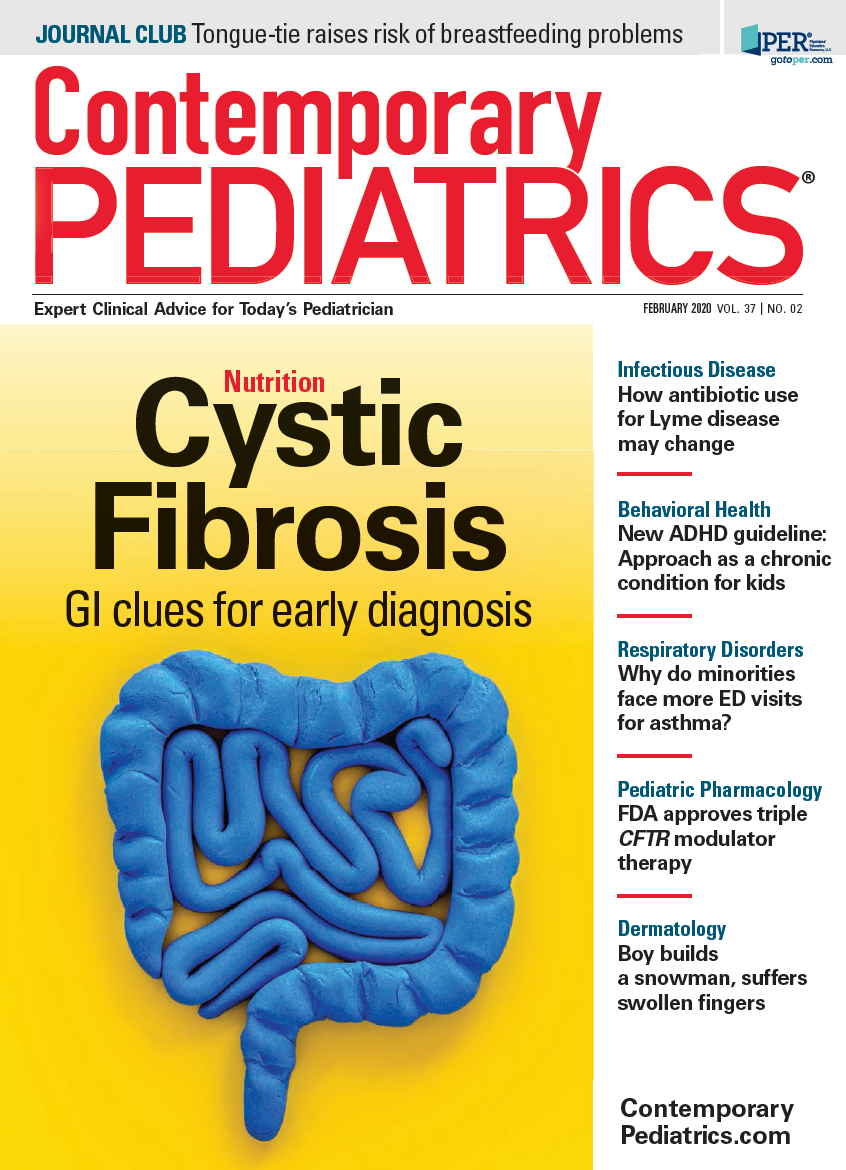Why pediatricians are the first line of care for transgender and non-conforming children and teens
Whereas hormone prescribing for transgender or gender diverse children and teenagers may be a specialty, primary care pediatricians are often the first-line provider families turn to for support and guidance.
Whereas hormone prescribing for transgender or gender diverse children and teenagers may be a specialty, primary care pediatricians are often the first-line provider families turn to for support and guidance.
Ryan Pasternak, MD, MPH, Associate Professor of Clinical Pediatrics and Division Head of General Ambulatory Pediatrics and Adolescent Medicine at Louisiana State University Health School of Medicine in New Orleans, led a session titled, “Tips to Improve Primary Care for Transgender Youth,” on October 26, 2019 at the 2019 American Academy of Pediatrics (AAP) Annual Conference and Exhibition in New Orleans, Louisiana, which discussed the role of pediatricians in providing first-line care to this often marginalized population.
“Think about the needs of those patients. It seems more and more likely that our primary care providers are providing the first line of care,” he says. “I think we want to address gender diverse or transgender patients in primary care settings, and need to think about what is involved to provide good primary care to those patients, including identification and initial evaluations, specialty, and referral care.”
Up to 2.7% of children and teenagers identify as gender diverse or transgender, with recent studies showing much higher percentages than in the past, he adds. This means that there may be up to 100 gender non-conforming patients in a 2500- 5000-patient practice.
“The prevailing idea is that it is less stigmatized and there is better awareness,” Pasternak says of the increase. “There is more visibility in the media and culturally for non-conforming persons. Being able to hold someone up as a role model and identify them makes it more acceptable to children and adolescents. It also gives them a term to use for how they feel.”
Patients often say they felt different about their gender from younger ages, but didn’t know how to describe themselves until they heard the terms transgender or gender diverse. They are understanding more how to talk about their feelings, he says. For pediatricians, it’s important to be able to talk to patients and families about differences in gender identity, and offer an early referral for more specialized support. Referral may be to an endocrinologist, adolescent medicine specialist, or other interdisciplinary care for support of social transition, puberty blocking medication, or hormonal transition.
Most patients have consistency in gender identity by the early school years, he says, and it can create conflict if they recognize a difference between their gender and both their physical sex or others’ expectations of them based on their sex assigned at birth.
“Ask patients how they feel about themselves and how they identify,” Pasternak suggests. “If we don’t ask, we’re unlikely to find out answers to any of these questions.”
Parents can provide information about gender development, but some patients may not be in living in environments that are supportive. In these cases, pediatricians consistently discussing gender during well visits is key.
“Maybe children did express themselves, but they had a negative response and limited these expressions... ...many patients may present initially with depression or anxiety later,” Pasternak says. “Just try and continually engage the child and the family.”
Pediatricians can provide support when there are conflicts within families, and should assess for anxiety, suicidality, and substance abuse in patients who don’t have support or acceptance of their gender identity or expression. Sometimes, patients are only able to talk about their gender later in adolescence, and have gone without support or guidance, he says.
It’s important to start assessments and discussion early, he says, before problems arise from not recognizing the child’s needs. While some may question assessing this too early, Pasternak argues that trusting in the concerns of patients and parents in regard to gender should be no different than other concerns.
“It’s important to understand just how early gender identity occurs,” he says. “Trust your patients and what their parents say.”
That being said, there is an aspect of experimentation and curiosity in child development, and it’s important not to jump to conclusions. Playing with certain toys or wearing certain clothing that isn’t stereotypical for a traditional binary gender doesn’t necessarily mean a child is transgender, he adds.
“The other side of it is not overreacting or jumping to conclusions because a patient may express themselves in a way that may not be in line with a culture’s traditional gender expression,” Pasternak says. “It’s really about their gender and how they see themselves, and that’s a whole different domain.”
The Genderbread Person is a helpful resource for pediatricians in discussing gender identity, he says, but the important part is to remain open-minded and supportive of questions and concerns from both patients and parents.
“Try to just be very mindful of the individual differences and hearing the patient and family as much as you can, and work with them to address their needs,” Pasternak says.

Having "the talk" with teen patients
June 17th 2022A visit with a pediatric clinician is an ideal time to ensure that a teenager knows the correct information, has the opportunity to make certain contraceptive choices, and instill the knowledge that the pediatric office is a safe place to come for help.
Meet the Board: Vivian P. Hernandez-Trujillo, MD, FAAP, FAAAAI, FACAAI
May 20th 2022Contemporary Pediatrics sat down with one of our newest editorial advisory board members: Vivian P. Hernandez-Trujillo, MD, FAAP, FAAAAI, FACAAI to discuss what led to her career in medicine and what she thinks the future holds for pediatrics.